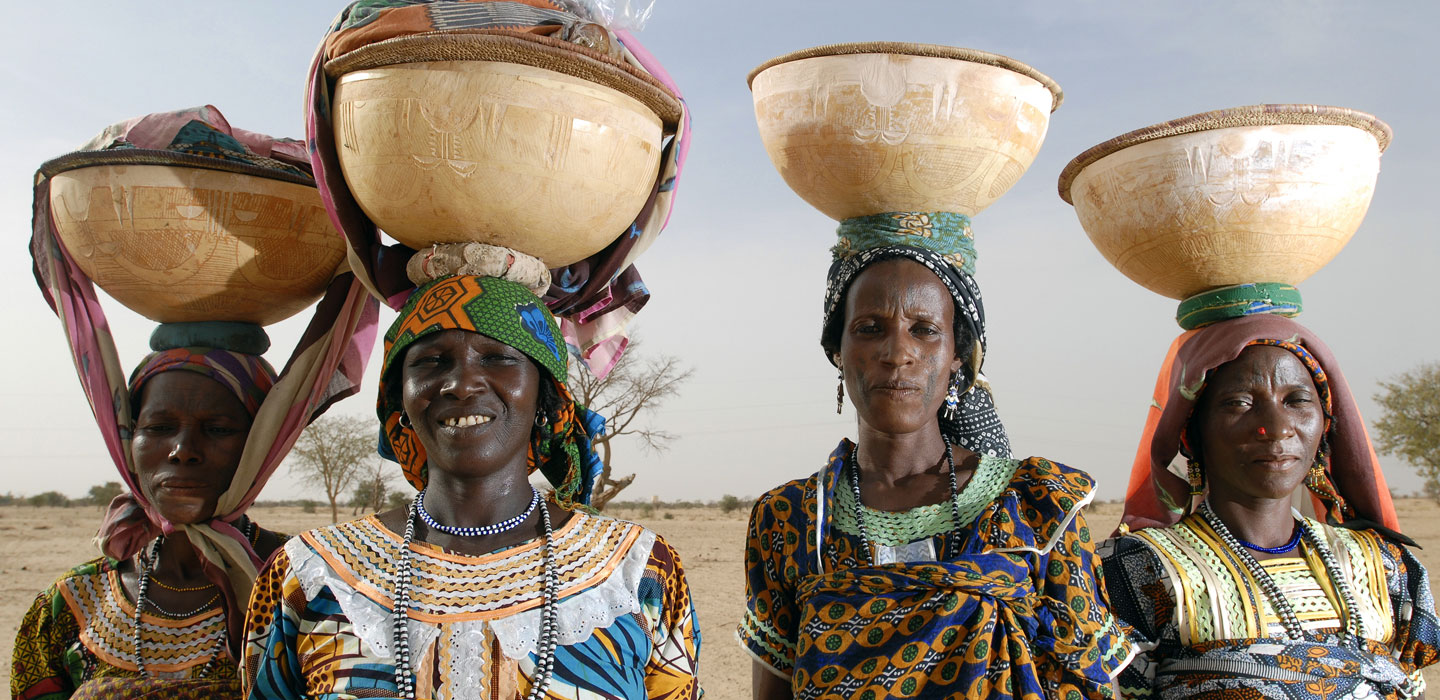Tools and guidelines
Tools and guidelines

Tools and guidelines
Menu Display
Search Results Filters
Search Results
Lessons learned: Integrated homestead food production (IHFP)
November 2015
This note presents lessons learned on integrated homestead food production (IHFP) emerging from projects and programmes implemented by IFAD and other development actors around the world. It aims to complement the How To Do Note (HTDN) on the same subject by illustrating success stories and good practices through case studies.
How to do note: Integrated homestead food production (IHFP)
November 2015
Integrated homestead food production (IHFP) is considered to be a nutrition-sensitive, pro-poor and women-controlled approach to household food production that includes vegetable and fruit gardens, backyard livestock-raising and small fish ponds. It can enhance poor rural people’s access to a variety of nutritious fresh foods, grown in close proximity to their households and requiring relatively limited human, financial and productive resources. The how to do note provides operational guidance on how to design and implement projects that incorporate IHFP.
How to do note: Fisheries, Aquaculture and Climate Change
November 2015
Fisheries and aquaculture are important contributors to food security and livelihoods at household, local, national and global levels. However, while aquaculture production is growing rapidly throughout the world, particularly in Asia and Africa, many of the world’s fisheries are at grave risk from human pressures, including overexploitation, pollution and habitat change. Climate change is compounding these pressures, posing very serious challenges and limiting livelihood opportunities.
Zipping up the Evidence - Dealing with non-counterfactuals in Viet Nam and Ghana
September 2015
Participatory Impact Assessment and Learning Approach (PIALA)
Case study: Family life model, Uganda
September 2015
This case study illustrates how the Family Life Model (household methodology) has been used effectively in Uganda, highlighting how it has worked in a particular context.
How to do note: Household Methodologies
September 2015
This How To Do Note provides a step-by-step guide on how to implement Household Methodologies (HHMs). It describes activities at the household level, different approaches for implementing HHMs, service providers and the facilitator system, and the role of the community and the wider environment. The main points to consider when incorporating HHMs in project design and implementation are noted.
How to do note: Climate change risk assessments in value chain projects
September 2015
This HTDN is directed primarily at the design phase of IFAD value chain projects, though it does have some relevance for both pre-design and implementation phases.
How To Do Note: Measuring Climate Resilience
September 2015
This How To Do Note is intended as a tool for IFAD staff and partners involved in investment projects with climate resilience objectives.
How to do note: Mainstreaming portable biogas systems into IFAD-supported projects
June 2015
Access to modern renewable energy services is a key factor in eradicating poverty and ensuring food security.